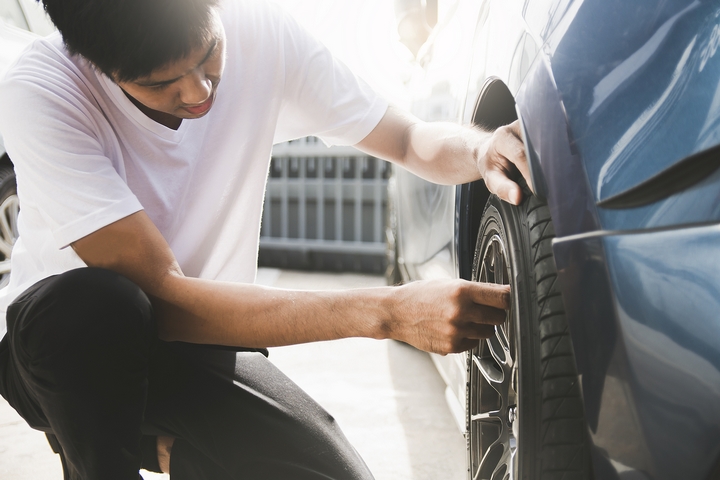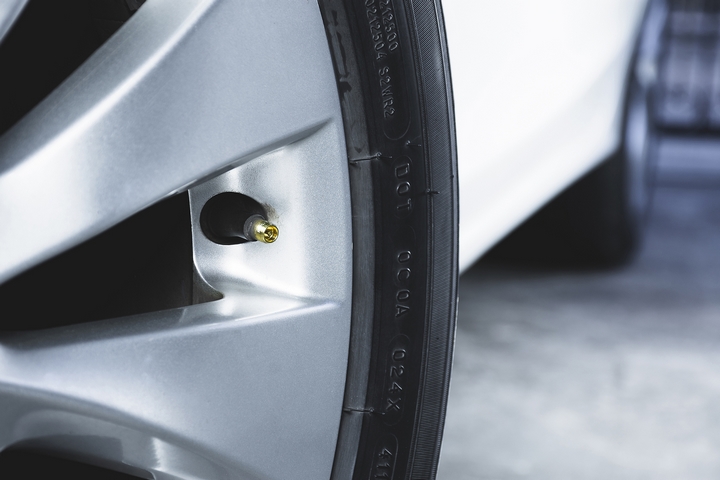If you own a vehicle, you know all too well about how crucial it is to keep it in good condition. The last thing any driver wants is to have the vehicle break down on the road, putting you in a precarious situation. As a result, ensuring that all components of your car are in working order is crucial.
From the car’s battery to the vehicle’s tires, you must do your due diligence in making sure everything checks out. For instance, a car simply cannot move if the tires are in poor condition. One of the first areas to verify is the pressure inside of the tires.
Keep in mind the following tip on how to check tire pressure to confirm that they are ready for the road:
1. Check the owner’s manual
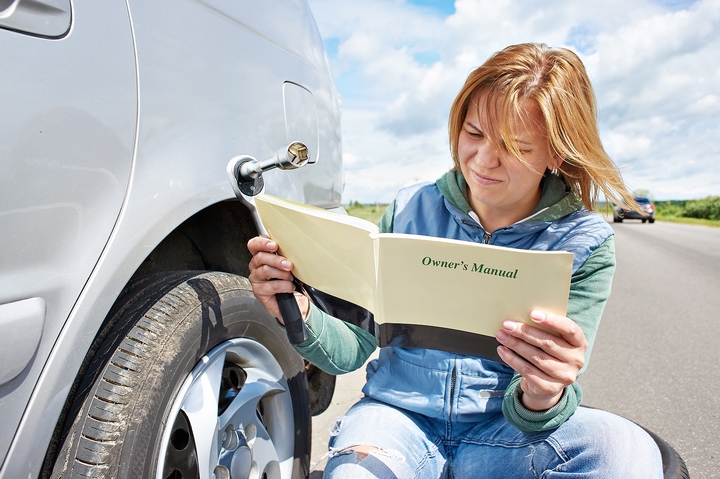
To check the tire pressure, you should consult the manual of your car. This booklet is one of the most important pieces of documentation to have, as it pertains to how to operate the car. For your tires, you’ll have to check the pages outlining how to fix the pressure.
Depending on the make of the vehicle, there will be a different number of tire pressure to be reached. Smaller sedans, for example, will range in what is required for adequate pressure, in comparison to larger cars. Keep in mind that the front tires may need a different pressure altogether, than their back tire counterparts.
2. Check the PSI
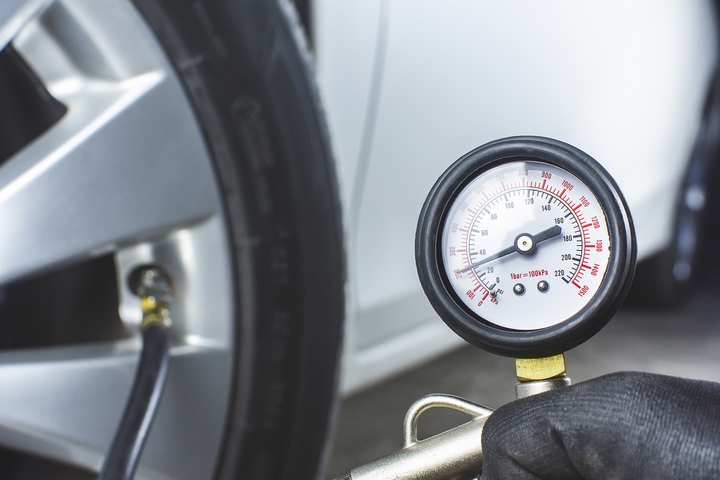
When it comes to accurately checking out the pressure in your tires, the PSI of each wheel will be vital. Known as pounds per square inch, the PSI refers to the amount of pressure within a cold tire. Moreover, a cold tire refers to a tire that has been attached to a vehicle, which has been stationary for more than three hours.
Your owner’s manual should be able to tell you about the recommended PSI, if you do not know it. If you are unable to find this number, make sure that you contact your car dealer, to find the correct number. Write down each tire’s PSI, so you know how to gauge it when adjusting the air pressure.
3. Check the valve stem
Once you have consulted your owner’s manual, you’ll now have to get to work. On the first tire, unscrew the valve stem cap from the valve stem. The valve stem should be found on the tire, which is close to the hubcap. With the air pressure gauge on hand, press it firmly onto the valve stem.
Some parts of this process can be cumbersome enough to give you an inaccurate reading. For instance, if there is a hissing sound present, you may be given an improper reading. So, ensure that the air pressure gauge is secure on the valve stem, to make things go smoothly. If need be, adjust the gauge as desired, to get things into place.
4. Check the digital gauge
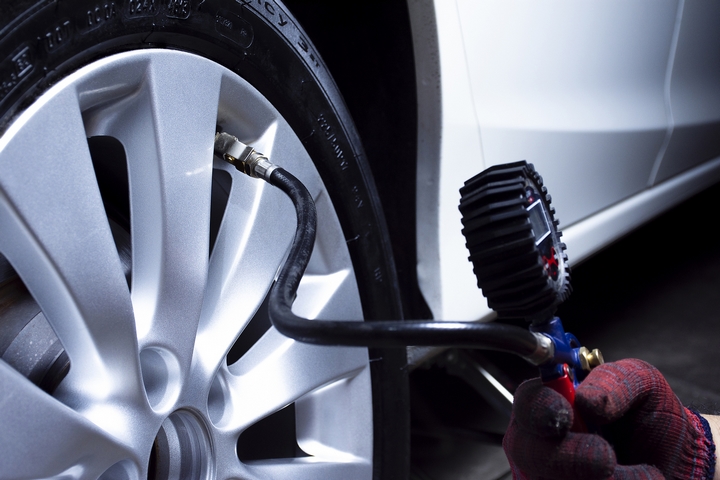
As mentioned previously, your air pressure gauge has to be securely fitted onto the tire. Traditional gauges will work just fine, so long as you firmly attach it to each tire. However, some car owners may prefer to use a digital gauge, when it comes to fixing the tire’s pressure. This is fine as well, but you’ll have to know how it operates.
Digital tire pressure gauges work on a battery, so ensure it is in good working order. To actually read the air pressure, you may or may not have to press a button. Digital gauges differ from their traditional counterparts, due in part to no metered stick being present. Whatever you are the most comfortable with, use that!
5. Check for increased PSI recommendations
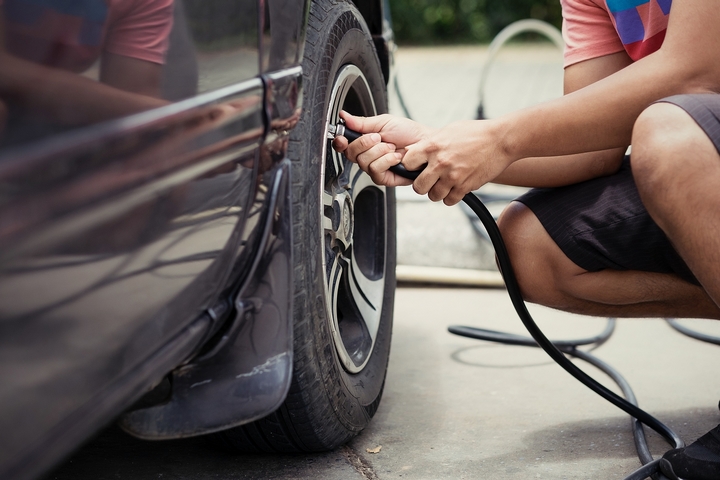
Some veteran drivers may believe that adding a few extra pounds of pressure into your tires may be ideal. For better fuel efficiency, this may be the case, but there will always be potential drawbacks.
Choosing to go above the recommended PSI, as stated in your owner’s manual, may make your car drive less smoothly. As such, you’ll want to be careful with the PSI, as it pertains to the checking the air pressure. If you do go overboard with the PSI, you may experience, reduced handling, as well as uneven tire wear while on the road.
6. Get a monthly check-up inspection

Most drivers don’t pay attention to the health of their tires, to no fault of their own. To ensure that the air pressure is at an optimal level, check it at least once every month. It is the best way to ensure that your tires never falter when driving on the road!
Driving should be a seamless experience, no matter how long you will be on the road. A smooth experience largely comes down to your tires, which should be in good condition. As such, be sure to verify its air pressure from time to time!


